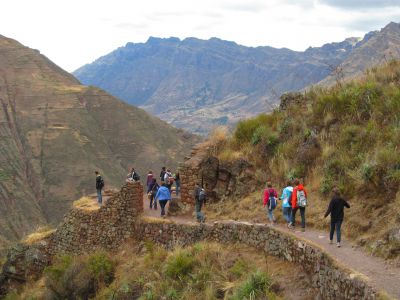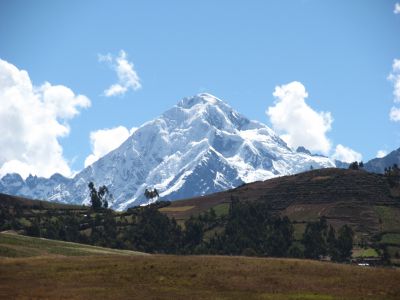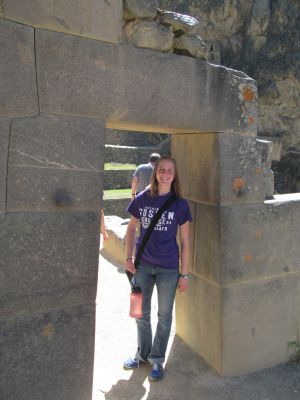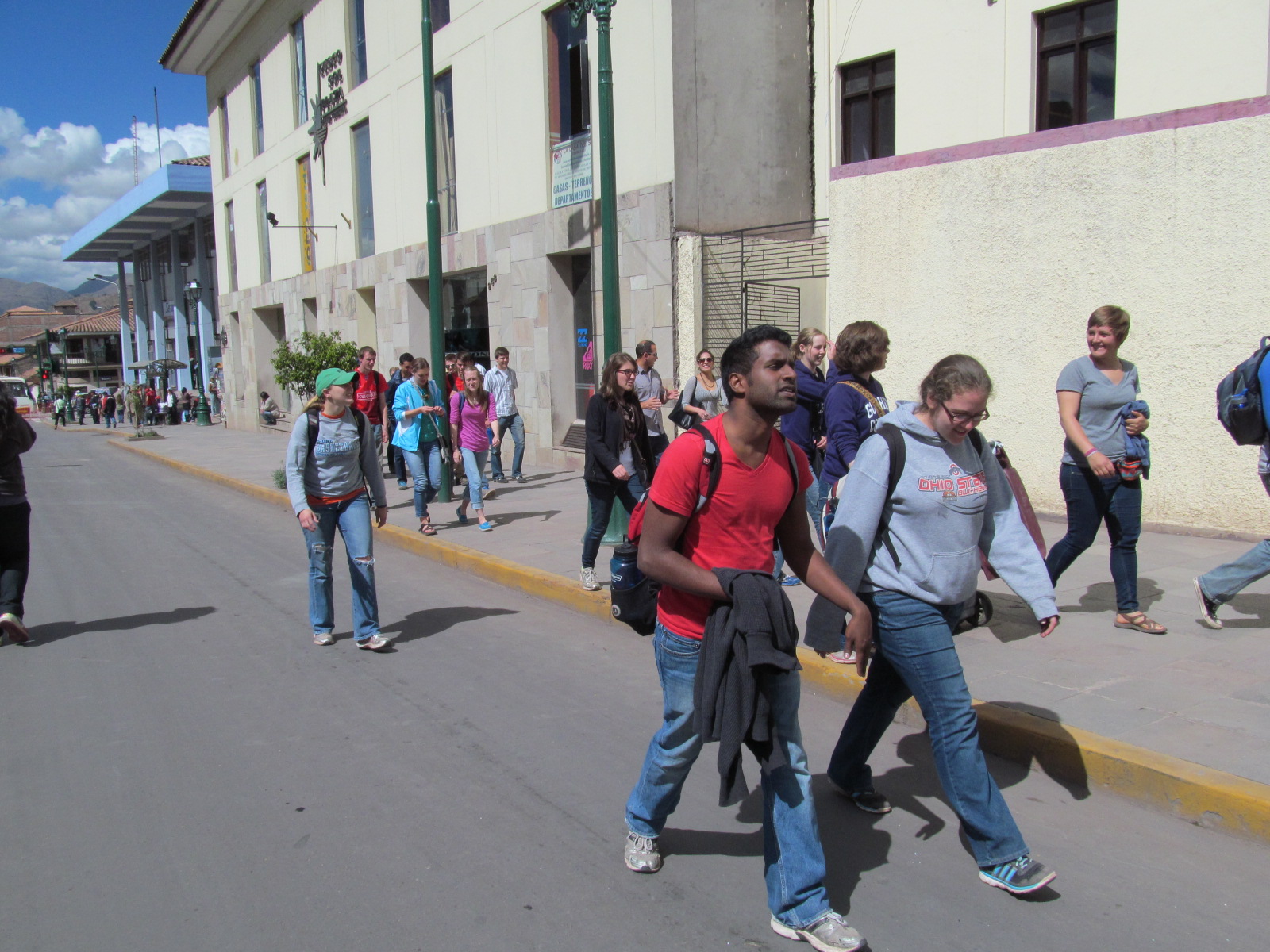Sacred Valley

The Wilcamayu — Quechua for “Sacred River” — flows through one of the most beautiful and historic valleys of Peru. We began our five-day tour in central Cusco, capital of the Inca Realm that once extended from modern day Colombia all the way south into Chile. The Inca people referred to Cusco as the “Navel of the World.” After lunch we traveled to Pisac where we left our bus and hiked seven kilometers — a little over four miles — from a fascinating archaeological site tucked into the mountains to the market town at the base of the Sacred Valley. The air was fresh and clean and the views along the way were stunning.

On Day Two of our journey we visited Maras, the Inca site where salt for preserving meat and seasoning food was produced. Charki is the Quechua word for salted and dried llama or alpaca meat. Charky is the likely origin of the English word “jerky.” Amazingly, the salt-works still functions centuries later — hundreds of families from the nearby town collectively own and maintain the operation. After exploring the area we boarded the bus for a short drive to Moray. This archaeological site is unique on the planet, a set of 13 concentric terraces that were used to simulate growing conditions at different elevations and climate zones. Inca agronomists experimented with different varieties of corn, potatoes, habas (broad beans) and other crops here, testing where they might grow best. In the afternoon we traveled a bit further to the town of Chincheros, where women from a weaving cooperative served us a family-style lunch and demonstrated weaving techniques passed down through many generations. Our hosts shear wool from their alpacas, spin it into yarn, color it with natural dyes and weave it into beautiful pieces of art.

Day three began in the “living museum” village of Ollantaytambo. The students hiked to a set of colcas (storehouses) perched on a steep hillside far above the nearest house. The next stop was the archaeological site that sits on the opposite hillside, a well-known fortress where Manco Inca defeated Francisco Pizarro’s brother, Hernando, in a rare victory for the Incas. The Incas were experts at bringing water from sources high in the mountains to their population centers below — Manco Inca drove the Spanish cavalry away by flooding the plain below his fortress. Today the site is remarkable for its fine stone work and commanding view of the valley. Ollantaytambo is also the staging area for world-famous Machu Picchu. One of the “Seven Wonders of the World,” Machu Picchu is not accessible by road — the only way to reach it is by taking the train that departs here several times a day.

































































































